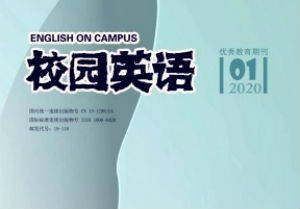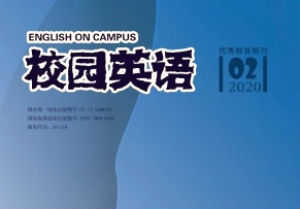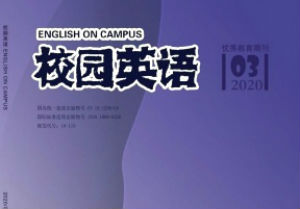bianji@xiaoyuanyingyu.com
【Abstract】As the theoretical basis of cognitive pragmatics, the relevance theory can well explain translation phenomenon. Translation is an ostensive-inferential process which interprets the source language. This paper makes a research on the application of relevance theory to translation through the comparison and analysis of different versions of Chang Gan Xing. Focusing on translator’s understanding of the original text, the paper will try to find the optimal relevance between the original text and the translation.
【Key words】relevance theory; ostensive-inferential process; Tang poetry; translation
1. Introduction
As we all know, Tang poetry is an important cultural treasure in China. Nowadays, it is important and necessary to spread our culture to the world. In the same time, more and more foreign scholars pay attention to Chinese culture, especially to Tang poetry. Therefore, the translation of Tang poetry is very significant and meaningful. This paper applies the relevance theory to the translation of Tang poetry. By comparing different versions of Chang Gan Xing, the paper wants to make the translators pay attention to the context and images in the poems and try their best to find the optimal relevance. It also wants to prove that the relevance theory has advantages in guiding the Tang poetry translation.
2. Theoretical Background
Sperber and Wilson (2001) point out that every act of ostensive communication communicates the presumption of its own optimal relevance. A person is always assumed to communicate something that enables the hearer to find his intention without unnecessary effort and the intention is worth the hearer’s effort when it provides the hearer with enough benefits.
The relevance theory gives strong explanatory power to translation. Translation is regarded as a communication. In the relevance theory, the translation is regarded as a dual ostensive-inferential process, which means the translation has two ostensive-inferential processes. In the first ostensive-inferential process, the translator plays a role of an audience or receptor and the original text author is a communicator. In the second ostensive-inferential process, the translator becomes a communicator and the target language readers become the audience. The translator should understand the inference of the source writer’s communication and make stimulus to the target language receptor. So in translation, there are two communicators and two receptors, and the translator can be both the communicator and the receptor. So the translator has dual roles in translation.
相关推荐
[校园英语杂志社] A study on intrinsic and extrinsic motivation of English maj
[校园英语杂志社] A study of Vladimir and Estragon in Samuel Beckett’s Waiting
[校园英语杂志社] Analysis on the Translation of Accounting English from Skopo
[校园英语杂志社] The study of radical “金 gold” and “木wood”
[校园英语杂志社] Exploring College Translation Education: A Service
[校园英语杂志社] How Mandarin affects the English Acquisition:A Case Study of
[校园英语杂志社] A study on a present training situation of intercultural com
[校园英语杂志社] Translation of Character Names in the two English Versions o
[校园英语杂志社] An Introduction to Translation Program of the University of
[校园英语杂志社] A Study of Metaphors in Su Shi’s Ci From the Perspective of
[校园英语杂志社] An Analysis Study of how social school differs from cognitiv
[校园英语杂志社] A Study on the Cohesion of Course Content between College E
[校园英语杂志社] On Linguistic Features of Translationese in English
[校园英语杂志社] A Study of the Current Situation and Common Problems of Chin
[校园英语杂志社] Analysis on a translation of a tourism text from the perspec




